Roman Egg Found Almost Perfectly Intact with Contents Still Inside
In the English countryside sits an ancient Roman site, filled with incredible treasures and hints as to what life was like some 2,000 years ago.
There, researchers uncovered the “oldest unintentionally preserved avian egg” to ever be found. With the yolk and egg white still liquified inside, scientists across several fields of study are wildly excited to find out what this egg has to tell them about life in the ancient world.
The Vast Roman Empire
The Roman Empire is undoubtedly one of the most well known world powers, cultures, and eras within the long history of human beings. For 500 years, the Romans ruled over North Africa, Western Asia and, of course, Europe.
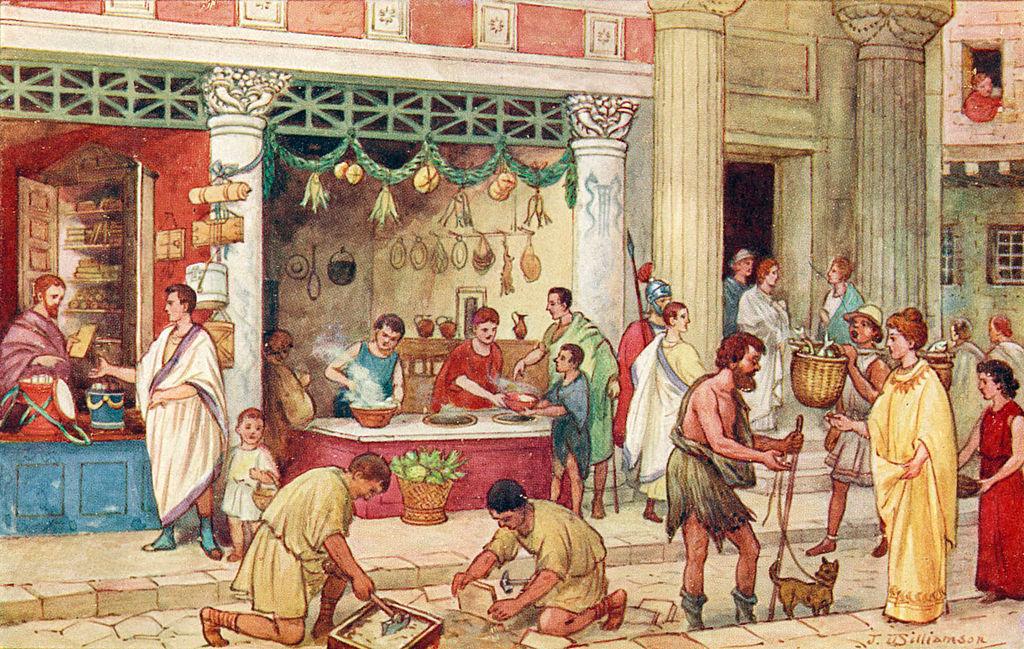
Source: Culture Club/Getty Images
During that time, the Romans also conquered the natives of Britannia, now known as the isles of Great Britain, and started a thriving province on the island we now call England.
Finding Roman Artifacts in England
Therefore, finding Roman artifacts, monuments, and stonework in England is not entirely rare. But one site in particular has an incredible amount of Roman history deep within its soil.
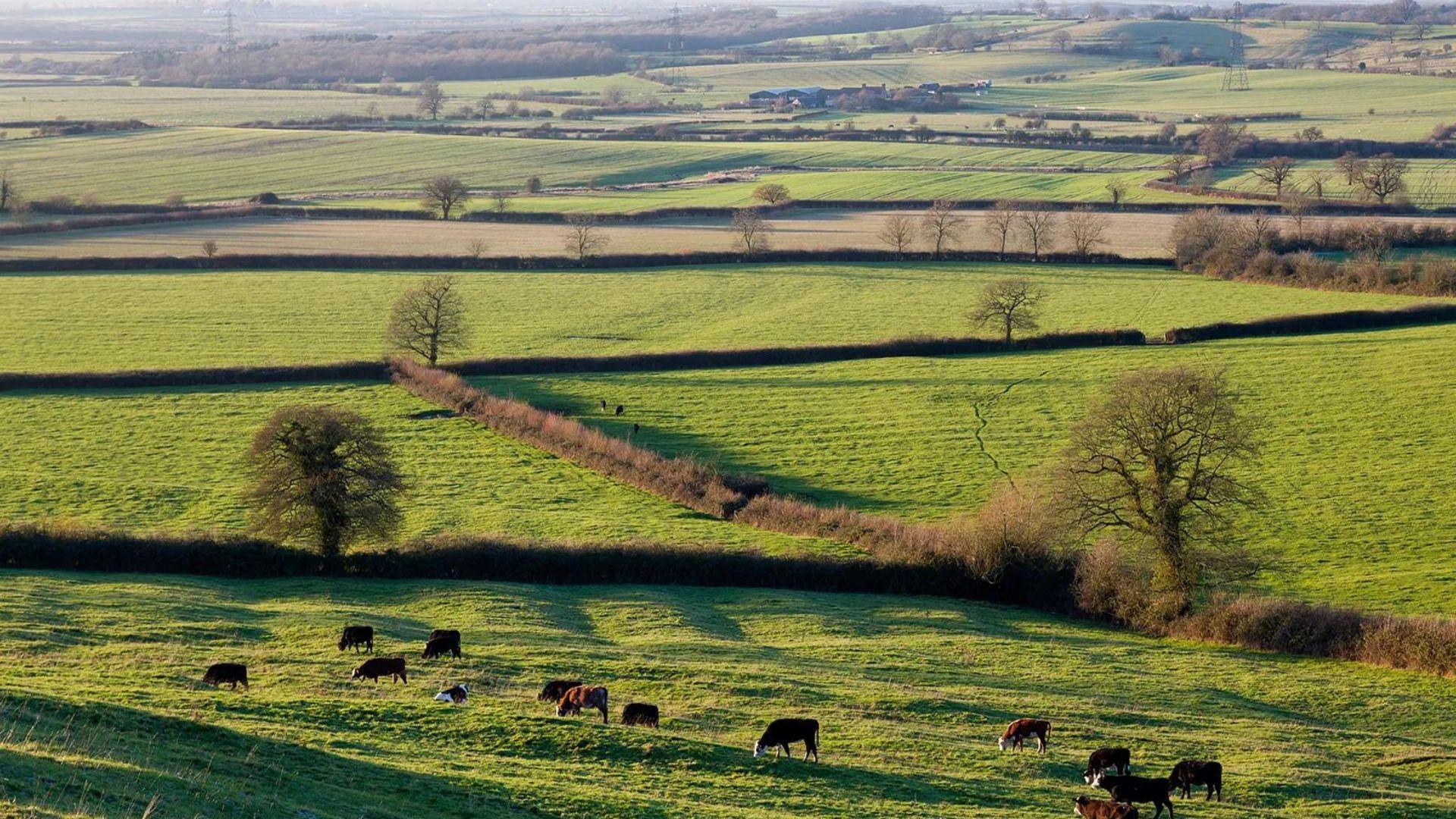
Source: Britannica
In Aylesbury, England, just 50 miles northwest of London, researchers from Oxford Archaeology have been diligently excavating one particular site for years. And they have found several important artifacts already, including a “once-in-a-lifetime Roman statue.”
Finding the Now Famous Roman Egg
While there have certainly been many “big finds” in Aylesbury, one of the most exciting finds was not a statue or piece of art, but an egg.
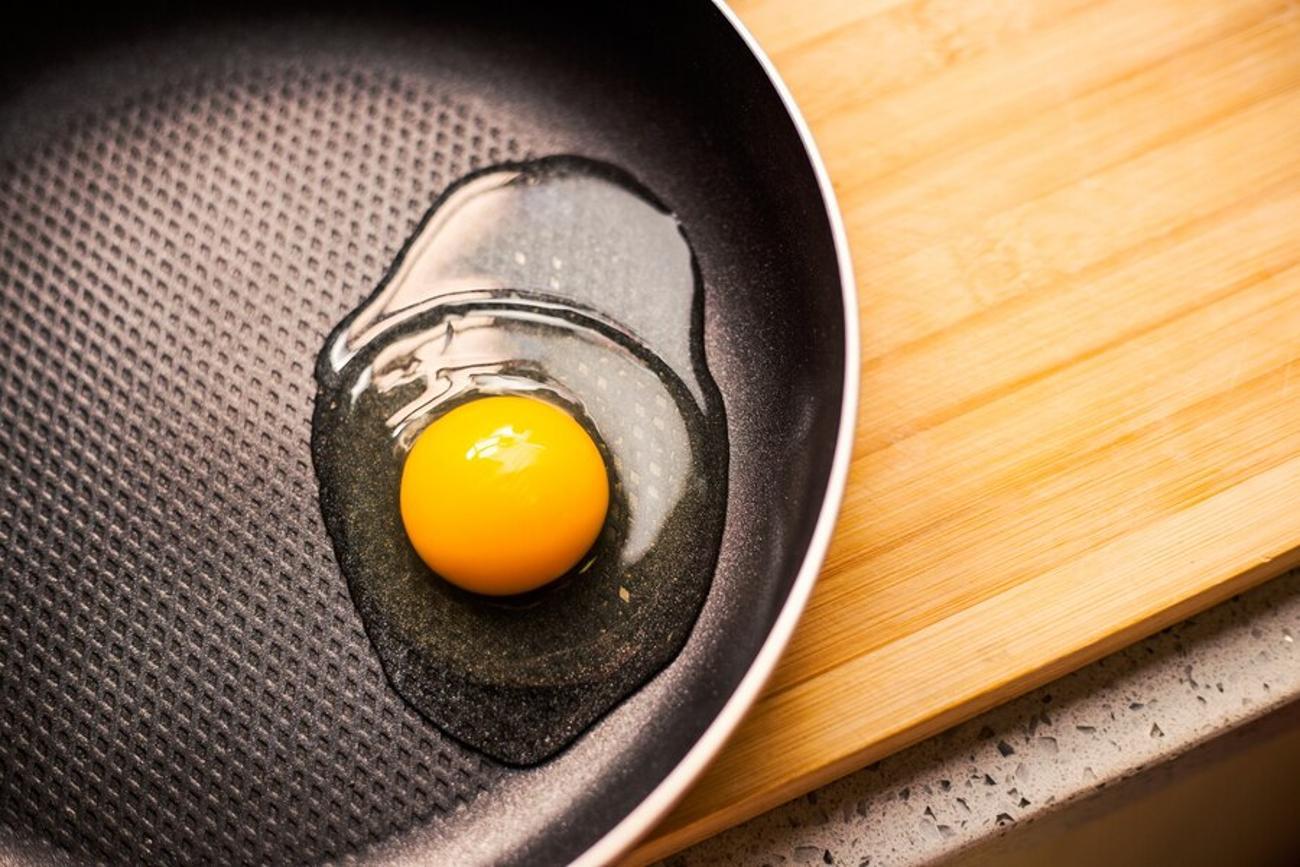
Source: Freepik
In many ways, it’s just a regular egg like one a modern-day human might eat for breakfast. But in other ways, it’s so much more.
Why Is the Roman Egg So Exciting?
Here’s what’s so special about the Roman egg: It has been completely preserved and contains liquid inside in the form of a yolk and egg white, almost 2,000 years after it was laid.
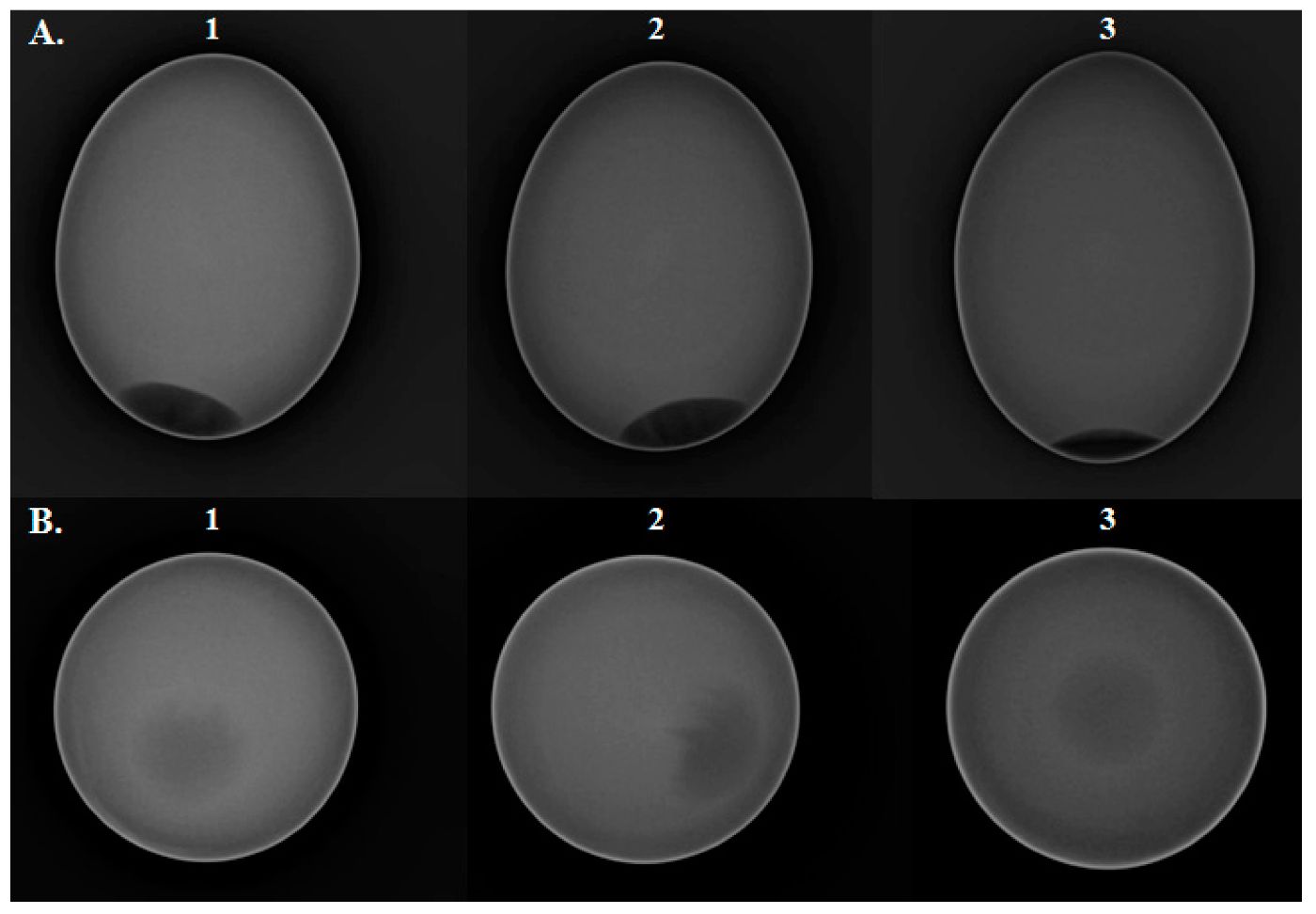
Source: MDPI
The reason experts know this is because they very carefully sent the egg for a CT scan and saw the liquid inside. However, this egg was in no way preserved through mummification or liquid solutions; it lasted two millennia all on its own.
How Is It Possible for an Egg to Last 2,000 Years?
Edward Biddulph, the senior archaeologist on the project, told the press, “I’ve never ever seen something like this before. It’s amazing. It looked so modern, it looked so new.”
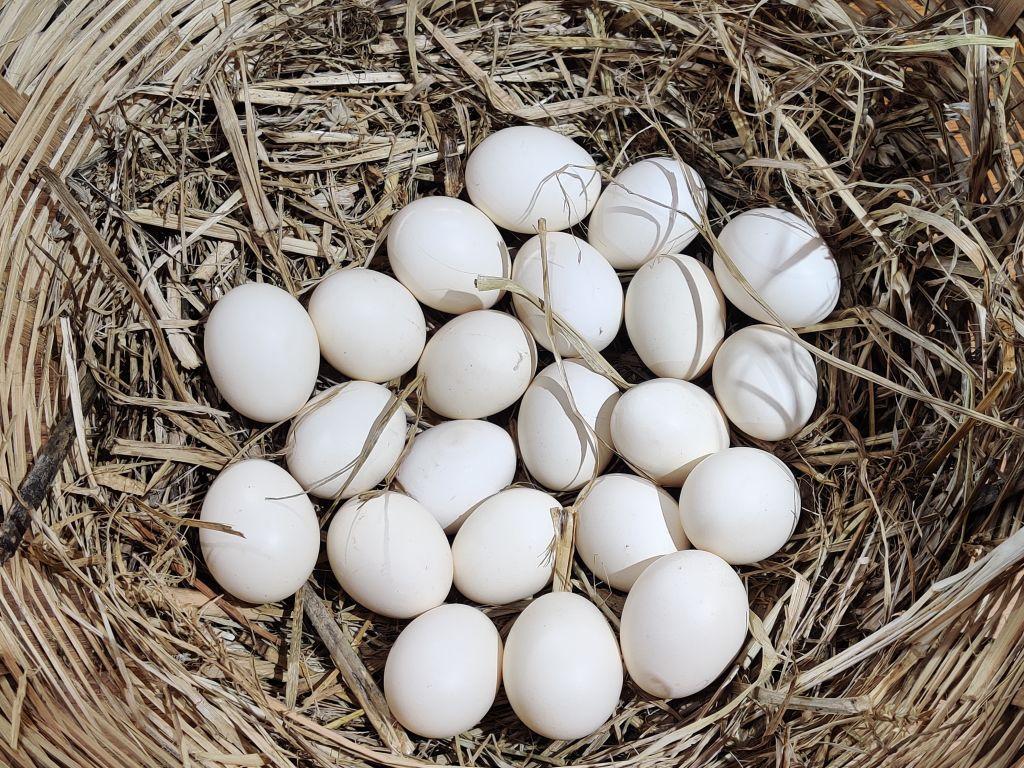
Source: Pallava Bagla/Corbis/Getty Images
And it truly is a miraculous find as the only reason the egg could survive for millennia was because it was sitting in a waterlogged pit. Biddulph and his team explained that if it was simply sitting in soil, it would have deteriorated long ago.
They Have Guesses as to Why the Egg Was There
Around the now-famous egg, archaeologists also found leather shoes, tools, wooden homeware, pottery, and a breadbasket. But they don’t believe it was simply the inside of a Roman home.
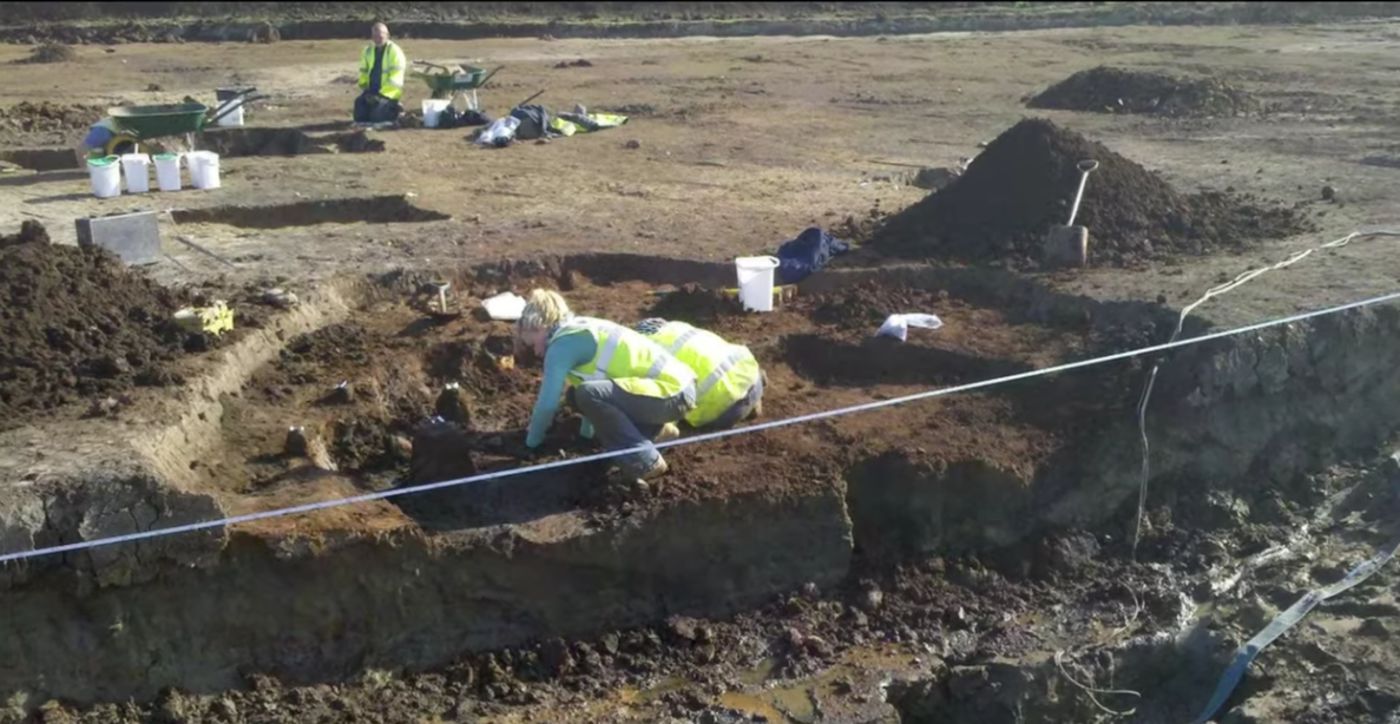
Source: @jojodiscovery/YouTube
Because all of these items were found in a specifically built pit, they are arguing that they were all left, even the egg, as a place to make a wish or pray to their gods. Biddulph explained, “These sort of areas in the Roman world tend to encourage rituals… as offerings to the gods or good luck, just like people do today throwing coins into fountains.”
This Egg Is the Only One That Made it Out of the Pit
Another reason why this egg is considered so incredibly special is that it was the last of four to be removed from the pit, and the only one to make it out in one piece.
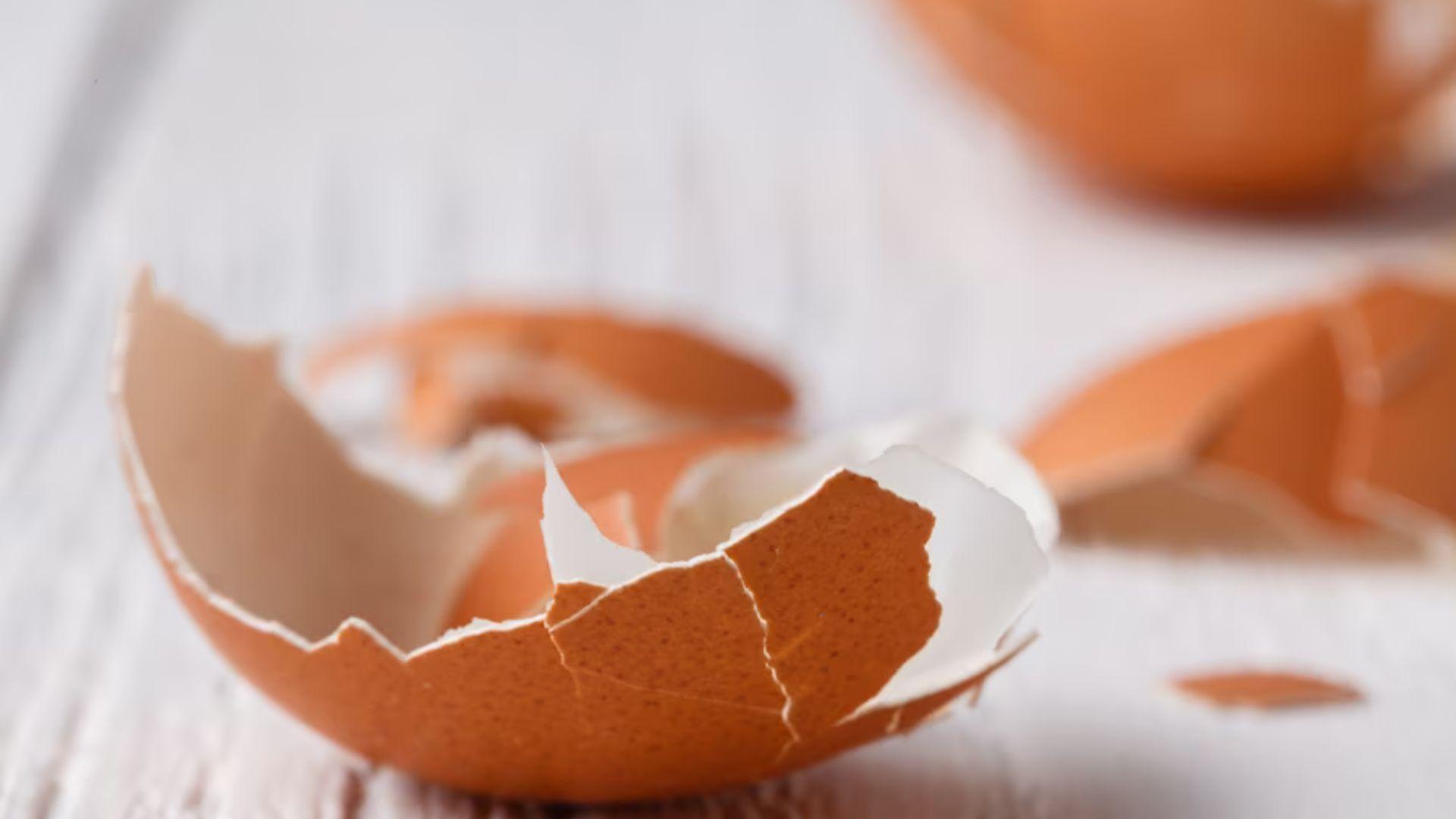
Source: Freepik
The eggs, because they were so old, were extremely fragile. two broke immediately after being removed from the moist hole that preserved them for almost 2,000 years.
How Do They Know How Old the Egg Is?
As of yet, archaeologists can’t say for sure exactly how old the egg is. However, they have deduced that it’s likely just over 1,700 years old.
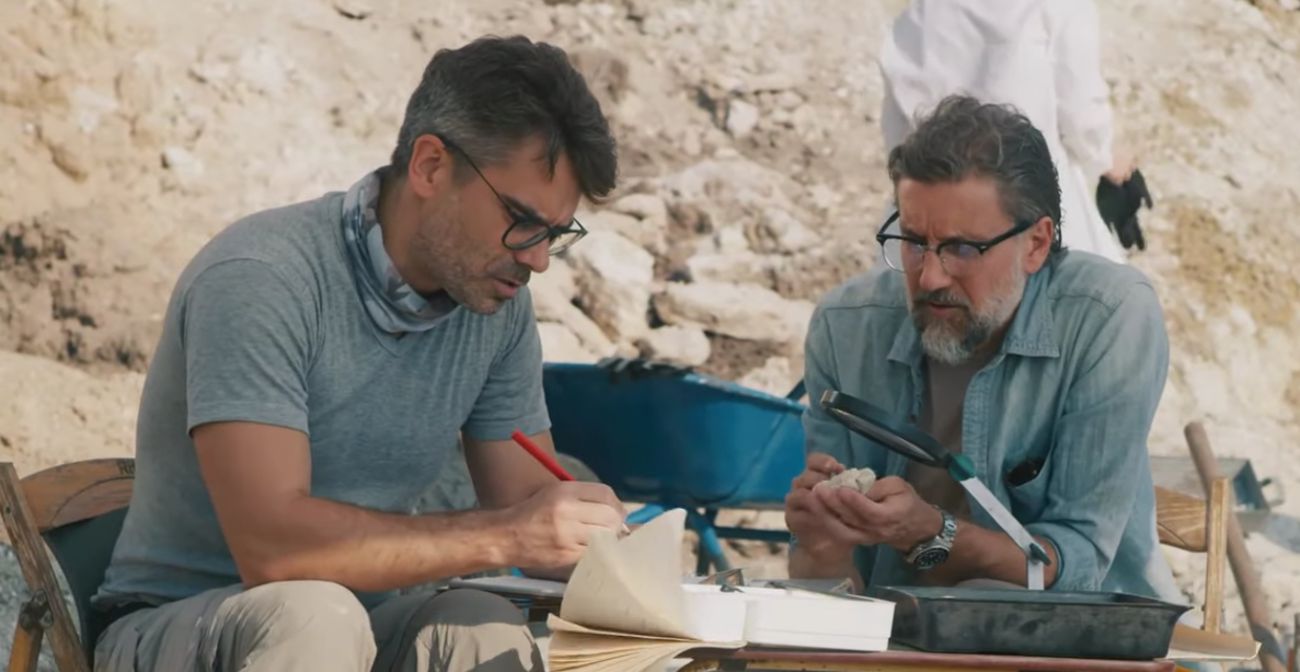
Source: @jojodiscovery/YouTube
And they know this because they learned that the pit where the egg was found was most likely a malting and brewing station until about 270 CE when it became a wishing well of sorts. As well as the fact that they believe the pit was abandoned in the 4th century.
Archaeologists Could Be Wrong in Their Assumptions
As with any artifact from the ancient world, it’s almost impossible to know with 100% certainty what something was used for or why it was found where it was.

Source: Wikipedia
Biddulph, the lead archaeologist, explained that while it’s likely the egg was placed into a wishing well, which were very common at the time, he doesn’t know for sure. He said, “The eggs may have been carried within a funerary procession. The procession stopped at the pit, where a religious ceremony took place and the food offerings were cast into the pit for the spirits of the underworld or in the hope of rebirth.”
There’s a Lot More to Learn About the Ancient Egg
From why it was there, to what kind of bird it came from, exactly how old it is, and how the wet pit could have preserved it so amazingly for so long, there are still a lot of questions to be answered about this ancient egg.

Source: Freepik
Douglas G.D Russell, senior curator of birds’ eggs and nests at the Natural History Museum, is excited to find out more about the bird that laid the egg. He said, “It will be very exciting to see if we can use any of the modern imaging and analysis techniques available here at the NHM to shed further light on exactly which species laid the eggs and its potential archaeological significance.”
The Egg Is Currently Sitting at Oxford’s Archaeology Headquarters
Russell is certainly not alone. Anthropologists are hoping to find out more about the culture of Romans on Britannia, and both paleontologists and archaeologists can’t wait to fully understand the preservation of the egg.
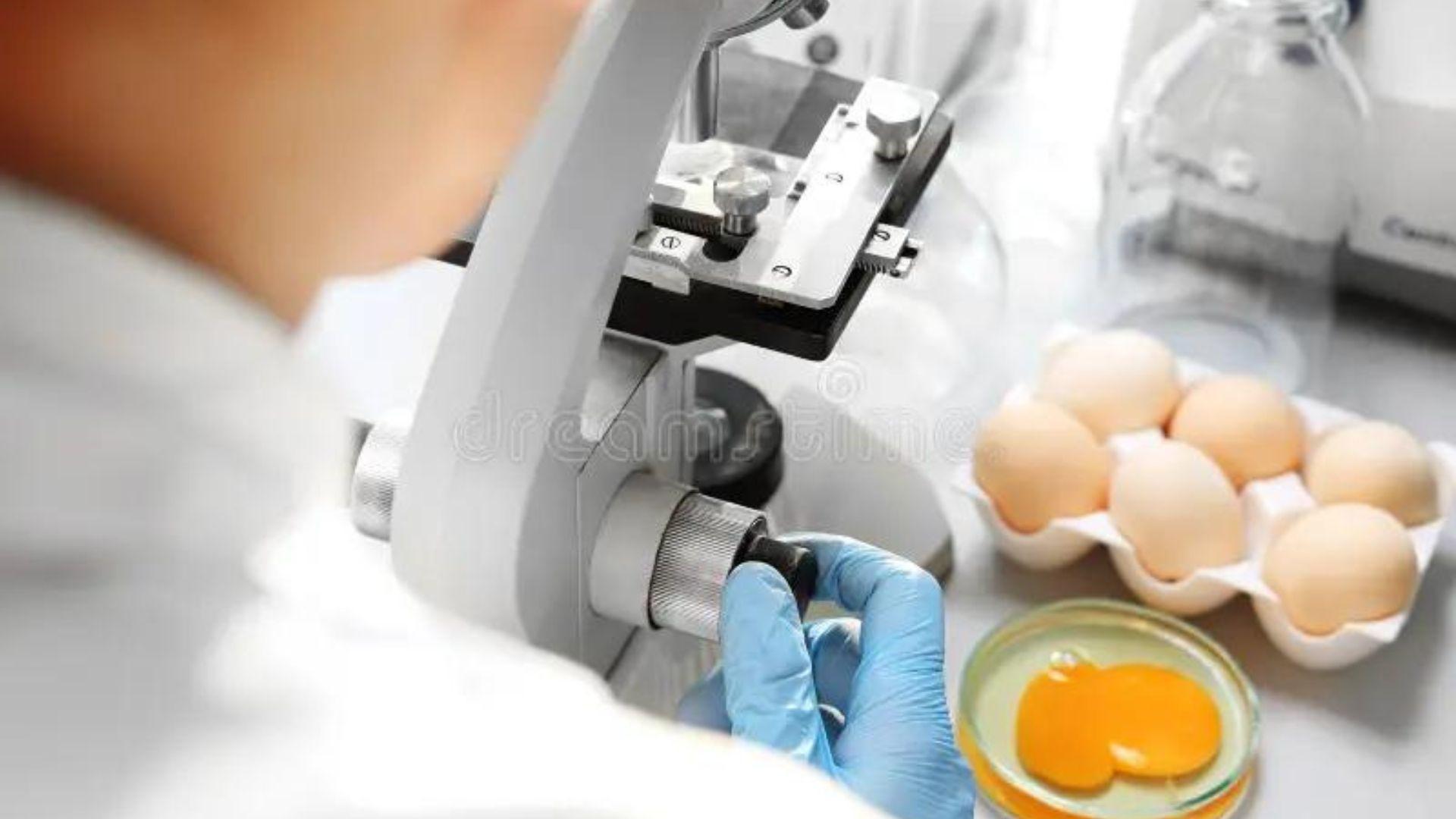
Source: Dreamstime
For now, the egg is sitting safely in acid-free tissue at the Oxford Archeology Headquarters. However, they have announced that as soon as they have completed their research, it will be moved to a museum for everyone to see.
